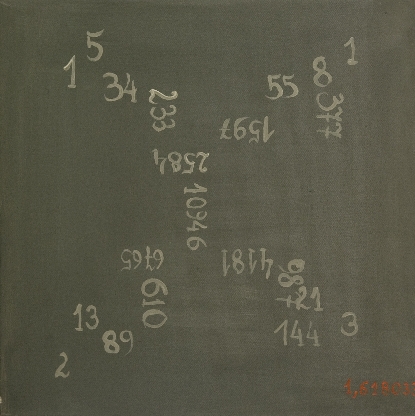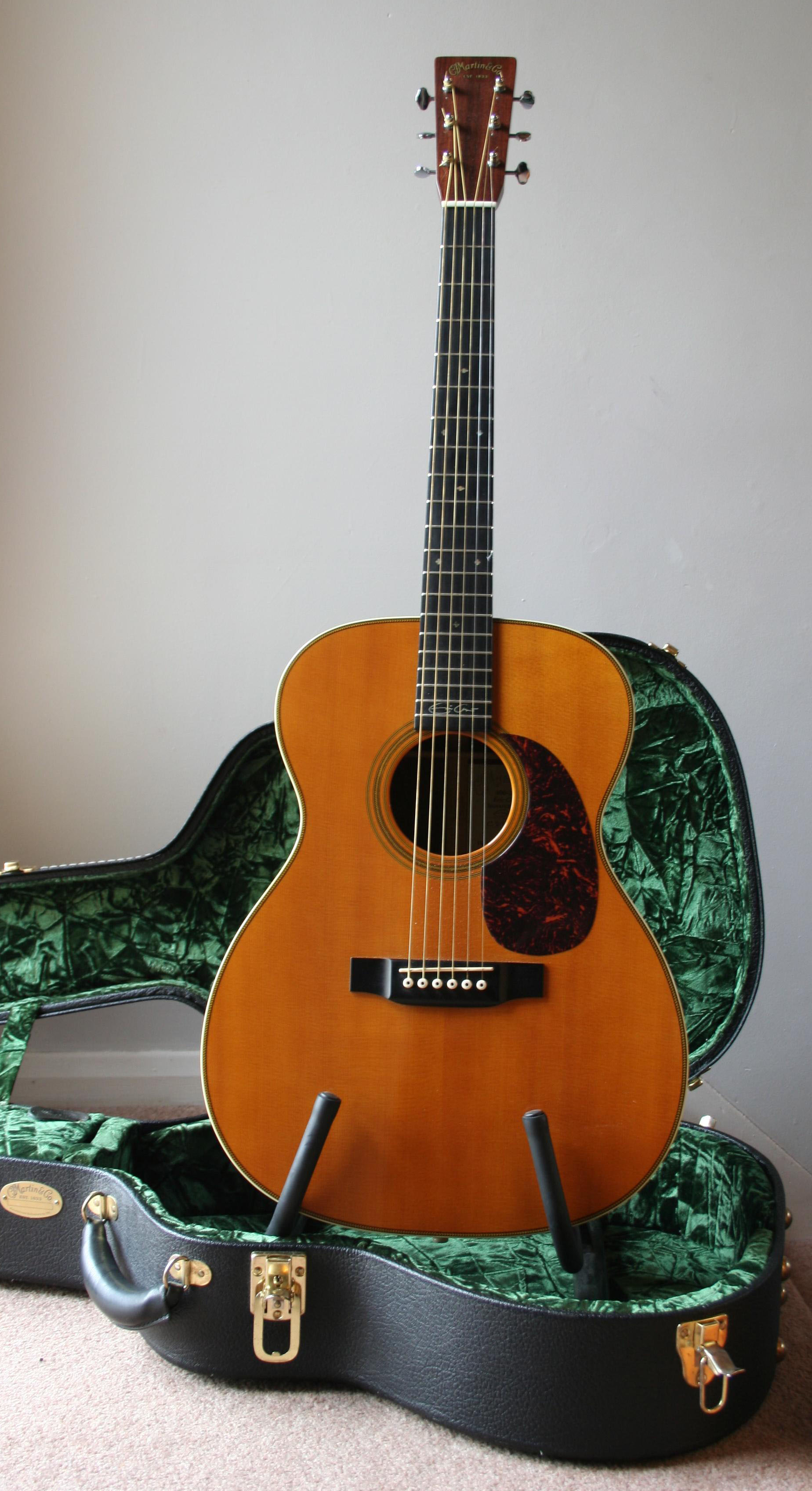|
Fibonacci Numbers In Popular Culture
The Fibonacci numbers are a sequence of integers, typically starting with 0, 1 and continuing 1, 2, 3, 5, 8, 13, ..., each new number being the sum of the previous two. The Fibonacci numbers, often presented in conjunction with the golden ratio, are a popular theme in culture. They have been mentioned in novels, films, television shows, and songs. The numbers have also been used in the creation of music, visual art, and architecture. Architecture * The sequence has been used in the design of a building, the Core, at the Eden Project, near St Austell, Cornwall, England. File:Fibonacci Terrace, Science Centre Singapore - 20151121.jpg, The Fibonacci Terrace at the Science Centre Singapore. The tiles making up the terrace are arranged to form shapes with sides in proportion to Fibonacci number. File:Fibonacci molle.JPG, Fibonacci numbers at the Mole Antonelliana in Turin. File:Unna Lindenbrauerei Kamin Fibonacci IMGP3083.jpg, The Fibonacci numbers at the Lindenbrauerei in Unna created ... [...More Info...] [...Related Items...] OR: [Wikipedia] [Google] [Baidu] |
Fibonacci Number
In mathematics, the Fibonacci sequence is a Integer sequence, sequence in which each element is the sum of the two elements that precede it. Numbers that are part of the Fibonacci sequence are known as Fibonacci numbers, commonly denoted . Many writers begin the sequence with 0 and 1, although some authors start it from 1 and 1 and some (as did Fibonacci) from 1 and 2. Starting from 0 and 1, the sequence begins : 0, 1, 1, 2, 3, 5, 8, 13, 21, 34, 55, 89, 144, ... The Fibonacci numbers were first described in Indian mathematics as early as 200 BC in work by Pingala on enumerating possible patterns of Sanskrit poetry formed from syllables of two lengths. They are named after the Italian mathematician Leonardo of Pisa, also known as Fibonacci, who introduced the sequence to Western European mathematics in his 1202 book . Fibonacci numbers appear unexpectedly often in mathematics, so much so that there is an entire journal dedicated to their study, the ''Fibonacci Quarterly''. Appli ... [...More Info...] [...Related Items...] OR: [Wikipedia] [Google] [Baidu] |
Turku
Turku ( ; ; , ) is a city in Finland and the regional capital of Southwest Finland. It is located on the southwestern coast of the country at the mouth of the Aura River (Finland), River Aura. The population of Turku is approximately , while the Turku metropolitan area, metropolitan area has a population of approximately . It is the most populous Municipalities of Finland, municipality in Finland, and the third most populous List of urban areas in Finland by population, urban area in the country after Helsinki metropolitan area, Helsinki and Tampere metropolitan area, Tampere. Turku is Finland's oldest city. It is not known when Turku was granted city status. Pope Pope Gregory IX, Gregory IX first mentioned the town of ''Aboa'' in his ''Bulla'' in 1229, and this year is now used as the founding year of the city. Turku was the most important city in the eastern part of the Sweden, Kingdom of Sweden (today's Finland). After the Finnish War, Finland became an Grand Duchy of Finla ... [...More Info...] [...Related Items...] OR: [Wikipedia] [Google] [Baidu] |
21 (2008 Film)
''21'' is a 2008 American heist drama film directed by Robert Luketic and distributed by Sony Pictures Releasing. The film is inspired by the story of the MIT Blackjack Team as told in '' Bringing Down the House'', the best-selling 2003 book by Ben Mezrich. The film stars Jim Sturgess, Kevin Spacey, Laurence Fishburne, Kate Bosworth, Liza Lapira, Jacob Pitts, Aaron Yoo, and Kieu Chinh. ''21'' was a box office success and was the number one film in the United States and Canada during its first and second weekends of release, despite some mixed reviews. Plot Ben Campbell, a mathematics major at the Massachusetts Institute of Technology, is accepted into Harvard Medical School, but cannot afford the $300,000 tuition. He applies for the prestigious Robinson Scholarship, which would cover the entire cost. Despite having a Medical College Admission Test score of 44 (at the time, MCAT scoring was on a scale of 3-45) and high grades, he faces fierce competition, and is told by t ... [...More Info...] [...Related Items...] OR: [Wikipedia] [Google] [Baidu] |
Near (Death Note)
The manga series ''Death Note'' features an extensive cast of fictional characters designed by Takeshi Obata with their storylines created by Tsugumi Ohba."How to Think." ''Death Note: How to Read 13''. VIZ Media. 59. The story follows the character named Light Yagami, who chances upon a supernatural notebook which grants him the ability to cause the death of anyone he writes in it. Light uses the notebook he finds in order to ''cleanse'' the world of humans he has deemed unfit for society. A team of professional investigators set out to find out the mysterious killer and arrest him, and thus many other characters are introduced until Light is eventually caught. In the fictional stories featured in the ''Death Note'' universe, Tsugumi Ohba, the story writer, created characters that lived in a world featuring a notebook in which names written on it would lead to the ones named to die, typically the cause of death being a heart attack when otherwise not specified. Ohba chose names for ... [...More Info...] [...Related Items...] OR: [Wikipedia] [Google] [Baidu] |
Change The World
"Change the World" is a song written by Tommy Sims, Gordon Kennedy (musician), Gordon Kennedy, and Wayne Kirkpatrick and recorded by country music artist Wynonna Judd. A later version was recorded by English singer Eric Clapton for the Phenomenon (soundtrack), soundtrack of the 1996 film ''Phenomenon (film), Phenomenon''. Clapton's version was produced by R&B record producer Babyface (musician), Kenneth "Babyface" Edmonds. The Clapton release was recorded for Reprise Records, Reprise and Warner Bros. Records. While reaching the top 40 in twenty countries, it topped the charts in Canada as well. The Clapton version also registered as Billboard (magazine), ''Billboard'' magazine's Adult Contemporary (chart), Adult Contemporary and Adult Top 40 charts in the United States. The single won eight awards, including three Grammy Awards at the 39th Annual Grammy Awards, 39th annual ceremony in 1997. Background and recording In an interview with ''American Songwriter'', Gordon Kennedy r ... [...More Info...] [...Related Items...] OR: [Wikipedia] [Google] [Baidu] |


